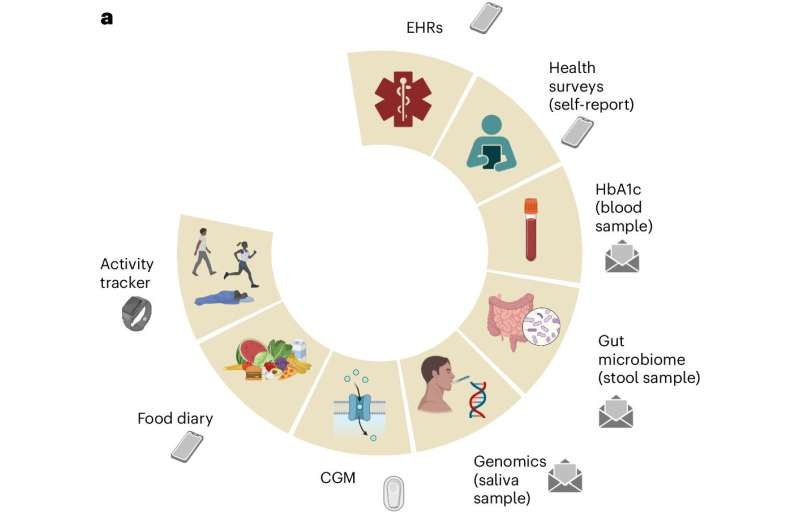Now, scientists at Scripps Research have discovered that artificial intelligence can use a combination of other data—including real-time glucose levels from wearable monitors—to provide a more nuanced view of diabetes risk.
The new model, described in Nature Medicine, uses continuous glucose monitor (CGM) data alongside gut microbiome, diet, physical activity and genetic information. It flags early signs of diabetes risk that standard HbA1c tests may miss.
“We showed that two people with the same HbA1c score can have very different underlying risk profiles,” says co-senior author Giorgio Quer, the director of artificial intelligence and assistant professor of Digital Medicine at Scripps Research. “By bringing in more data—how long glucose spikes take to resolve, what happens to glucose overnight, what the food intake is, and even what’s happening in the gut—we can start to tell who’s on a fast track to diabetes and who isn’t.”

